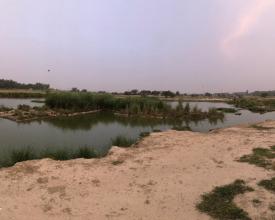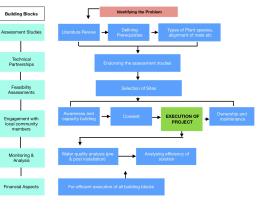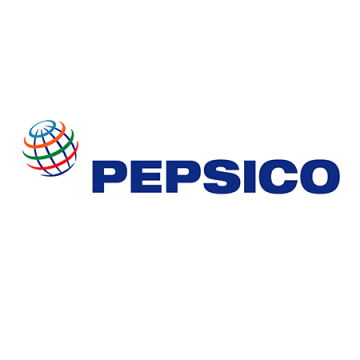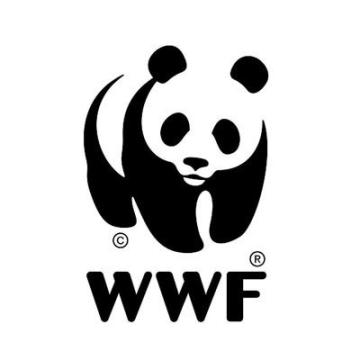
Reposición y tratamiento del agua mediante un humedal flotante de tratamiento: una solución basada en la naturaleza
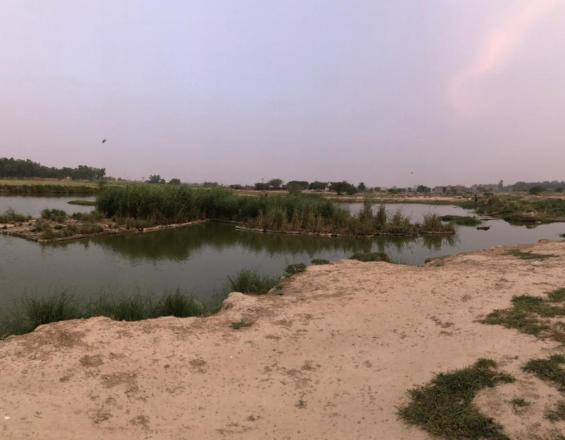
En el proyecto "Gestión comunitaria del agua: reposición de los recursos hídricos subterráneos en Lahore", uno de los métodos de reposición identificados fue el tratamiento de las aguas residuales mediante un humedal flotante. Para su instalación, se descubrió que el pueblo de Manak tenía grandes estanques de aguas residuales y pluviales, junto con olores a moho que creaban molestias y suponían un importante riesgo para la salud de la comunidad.
FTW se creó utilizando esteras flotantes que sirven de base para el crecimiento de las plantas. Las esteras alineadas flotan en la superficie del agua y permiten que las raíces de las plantas se extiendan por toda ella creando una amplia superficie activada para que vivan los microbios. Estas plantas absorben entonces los contaminantes en forma de nutrientes de la masa de agua interior. Los microorganismos que crecen en los sistemas radiculares de las plantas descomponen y consumen la materia orgánica del agua mediante descomposición microbiana, con lo que eliminan eficazmente los contaminantes de la masa de agua.
Contexto
Défis à relever
Algunos de los retos abordados son: el control del vertido de residuos sólidos en las inmediaciones del estanque, el mantenimiento de las esteras tras su instalación, instruir y convencer a los ganaderos para que impidan a los búfalos entrar en el estanque para evitar que las esteras se desprendan y la recolección oportuna de plantas para evitar la biodegradación.
Ubicación
Procesar
Resumen del proceso
Cada elemento de la solución está interrelacionado. Comienza con la identificación del planteamiento del problema, que conduce a los estudios de evaluación. Durante los estudios de evaluación se definen todos los posibles requisitos previos. Una vez que se cuenta con los socios técnicos, se aprueban los estudios de evaluación, lo que facilita la selección de los posibles emplazamientos. Una vez seleccionado el emplazamiento, se cuenta con los miembros de la comunidad para que den su consentimiento y señalen los problemas sobre el terreno del emplazamiento demarcado. Una vez obtenido el consentimiento, se procede a la ejecución del proyecto. Sólo después de las sesiones de concienciación y capacitación, la comunidad se apropia de la intervención. Tras la ejecución, se lleva a cabo el seguimiento y el análisis para comprobar la eficacia y la sostenibilidad de la solución.
Bloques de construcción
Compromiso con los miembros de la comunidad local
El objetivo básico de la colaboración con los miembros de la comunidad local era identificar los retos a los que se enfrentan y las soluciones viables para superarlos. Además, este compromiso facilitó que la intervención/solución se convirtiera en un activo local y animó a la comunidad a apropiarse de la solución. Esto es fundamental para la sostenibilidad del proyecto y para concienciar a la comunidad.
Factores facilitadores
Para que este elemento constitutivo sea un éxito, es importante tener en cuenta a la comunidad desde el inicio del proyecto. Algunas de las condiciones que desempeñan un papel importante en la mejora de la eficacia de este elemento son las siguientes
1. Debates de grupo con la comunidad
2. Obtener el consentimiento de la comunidad para instalar la solución.
3. Sesiones de formación y concienciación
4. Campañas puerta a puerta
5. Desarrollo de grupos comunitarios
Lección aprendida
A continuación se enumeran algunas de las lecciones aprendidas durante el proceso de aplicación de este módulo;
1. La participación de la comunidad en el reparto de beneficios, la transparencia y la concienciación fueron vitales para el éxito de este proyecto.
2. 2. De este compromiso se dedujo la voluntad de la comunidad de instalar un humedal flotante de tratamiento para mejorar el estado de la balsa de aguas residuales.
3. 3. La comunidad considera que existen soluciones locales que pueden adoptarse para el tratamiento de las aguas residuales en lugar de soluciones de alta tecnología.
Estudios de evaluación
El objetivo fundamental de este elemento es crear una base de referencia para toda la solución. Una vez seleccionado el emplazamiento para la solución, se recopilan datos primarios y secundarios mediante la investigación y el análisis. Por ejemplo, con la ayuda de los datos batimétricos se identifica la profundidad de los estanques preseleccionados, lo que facilita aún más la elección del estanque adecuado con la profundidad requerida (0,8 - 3 metros) para instalar el humedal de tratamiento flotante.
Factores facilitadores
Algunas de las condiciones importantes que se requieren para permitir el éxito de este bloque de construcción son las siguientes;
1. 1. Acceso a fuentes de investigación creíbles
2. Enlace con expertos técnicos creíbles
Lección aprendida
1. Selección del estanque adecuado
2. Instalación satisfactoria del FTW teniendo en cuenta todos los requisitos previos sugeridos por las revisiones bibliográficas
3. Análisis comparativo de la calidad de las aguas residuales antes y después de la instalación de FTW que indique una mejora de la calidad del agua.
4. Elección de las especies vegetales adecuadas
Dos sugerencias principales
1.Elegir el diseño adecuado para alinear las esteras flotantes y evitar que los búfalos se enreden y
2. 2. Elegir bien la materia prima de las esteras para evitar que se desprendan en caso de tormenta.
Impactos
Los beneficiarios directos de esta solución son los pescadores, los productores de leche y la comunidad agrícola de Manak Village Lahore y sus alrededores. Otros efectos positivos son la eliminación de los contaminantes y el exceso de nutrientes de los estanques del pueblo, la creación de un hábitat para las especies de aves migratorias y residentes y las tortugas de agua dulce (tortuga de caparazón blando de la India), la mejora de la producción de pescado en el estanque 1, la reducción de las cantidades de DBO, nitratos y fosfatos y la mejora de la cantidad de OD, la mejora de la estética mediante la minimización de los olores, la creación de un borde ribereño para las aves (garcilla bueyera y garza real) y la mejora de la calidad del agua que se filtra en el acuífero.
Beneficiarios
Comunidad agrícola (mejora de la calidad de las aguas residuales)
Pescadores (teniendo en cuenta que hay un estanque de peces junto al estanque de aguas residuales)
Habitantes de la aldea de Manak (se minimizan los olores y se reduce la propagación de enfermedades transmitidas por el agua)
Objetivos de Desarrollo Sostenible
Historia
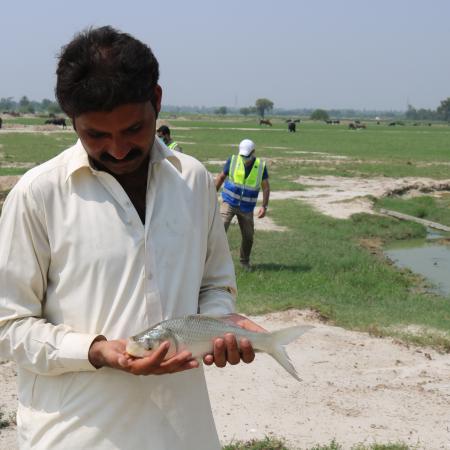
Durante la encuesta posterior a la instalación, un pescador local de la aldea de Manak, que ha estado criando peces en los humedales de la aldea, estaba claramente radiante en respuesta a las preguntas que se le hicieron sobre la instalación del Humedal de Tratamiento Flotante (FTW). Cuando se le preguntó, respondió que hace unos meses estaba preocupado por el bajo rendimiento de la pesca, que afectaba a su medio de vida. Sin embargo, tras la instalación de este FTW aumentó la producción pesquera, lo que repercutió positivamente en sus ingresos. Ahora se siente motivado y esperanzado ante un futuro mejor.
